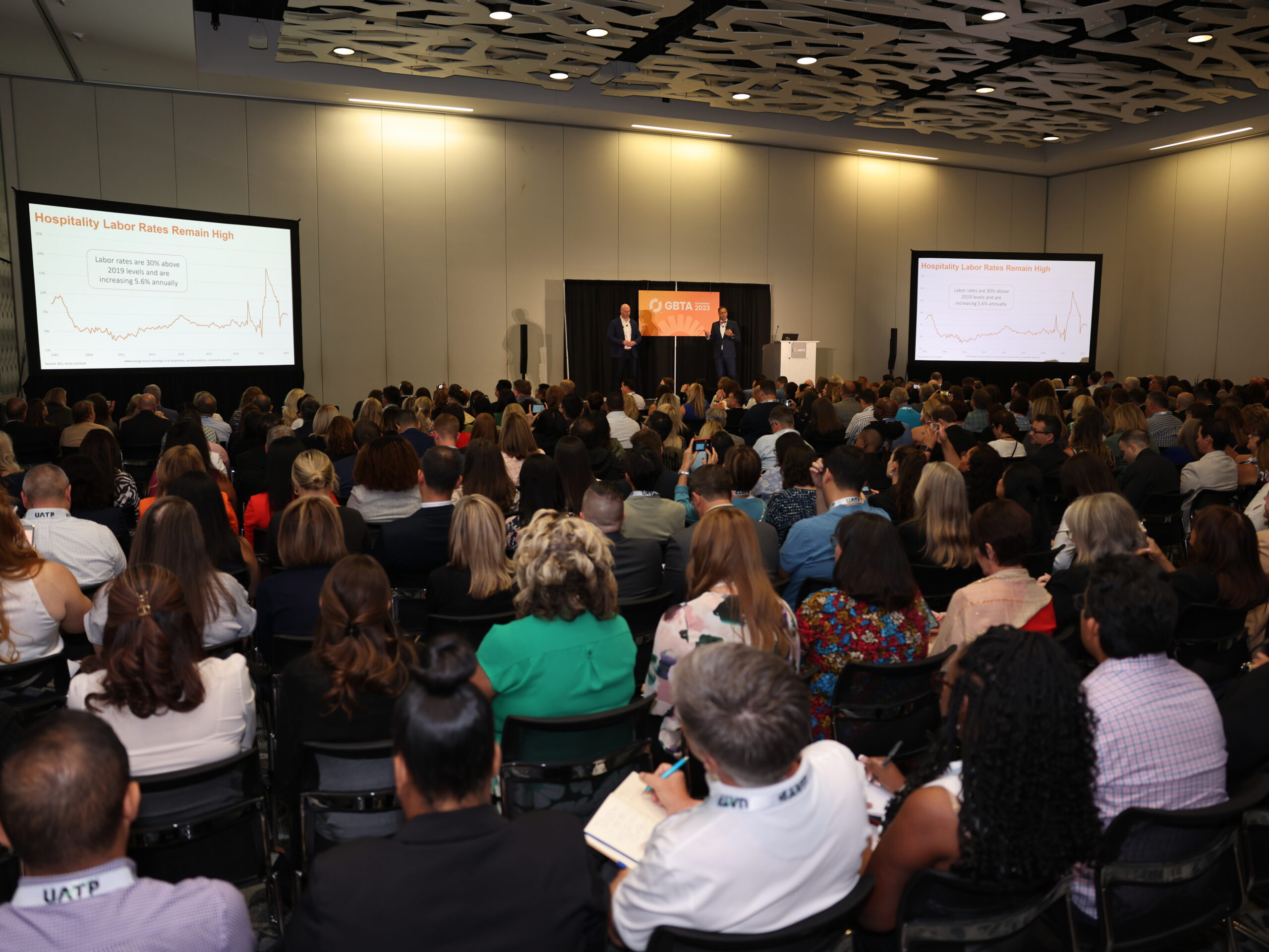BCG recently published a short paper outlining why manufacturing will return to the US. Here a few additional thoughts and some they’ve missed:
1) As the paper points out, labor cost differentials will decline subsequently eroding a key benefit to manufacturing outside of the US. Moreover, because labor costs are declining as a share of total manufacturing costs, labor differentials will become increasingly less impactful. This reduces the reason to move manufacturing from the US, but doesn’t necessarily provide a reason to move manufacturing to the US.
2) By outsourcing the actual manufacturing aspect, companies are able to outsource one of the most volatile aspects of being a manufacturer. This won’t go away. Companies will focus on their comparative advantage (design, marketing, R&D) and outsource the actual production/manufacturing. Companies are also increasingly focusing on a global addressable market. Because companies will choose manufacturing partners based on this global marketplace they won’t always choose partners who manufacturer in the US which in turn could slow the amount of manufacturing that actually moves (back) to the US.
3) Manufacturing is no longer a single activity. It is broken into a myriad of steps completed by a diverse group of economic actors. Where to manufacturer – in other words where each one of these steps takes place – is therefore dependent or at least influenced by where the other steps are taking place. Therefore supply chain dynamics will to a certain degree influence where “manufacturing” takes place. Some aspects of manufacturing are capital intensive. For example, televisions and computer monitors require glass which is today a capital intensive part of the manufacturing process for these devices. There is a tremendous amount of capital deployed to making glass in Korea and other parts of Asia. This element of manufacturing televisions and monitors won’t move anytime soon (and might never move) and it will influence where other aspects of TV and monitor manufacturing take place. This isn’t meant to suggest manufacturing for these products won’t take place in the US, but simply that supply chains are dynamic and will naturally look for ways to reduce cost.
4) The paper suggests US labor productivity will continue to outpace China labor productivity and automation (ie capital deployment) in China won’t be enough to preserve the labor cost advantage of China. The key point they are missing is that as capital is deployed labor becomes a smaller component of the overall manufacturing costs. The cost of capital should be roughly consistent worldwide so it won’t matter where manufacturing is done when the bulk of the cost of manufacturing is capital.
5) As the paper points out, rising income levels (and a growing middle class) will increase the appetite for goods in China. This will consequently increase the demand for production capacity in China, but the level of capacity in China isn’t fixed so this alone shouldn’t suggest manufacturing moves back to the US.
6) I think the paper has missed the biggest reason why manufacturing will move back to the US. All of the points offered are supportive reasons, but don’t provide the catalyst for the drift back to the US. The paper indirectly hits on supply chain costs, but one of the key costs is time to market. Today a product must either be transported by air freight (expensive) or by boat. If shipped by sea, the average time-to-market is 4 weeks. By moving manufacturing to the US companies can reduce that 4 weeks to several days. While there are costs savings involved in a move like this, the biggest benefit of this change is the impact on financial ratios like inventory turns, etc. By producing within market, manufacturers are able improve their financial performance and free up capital trapped in inventory, etc.



